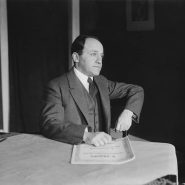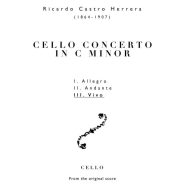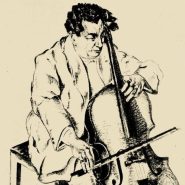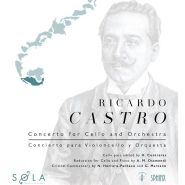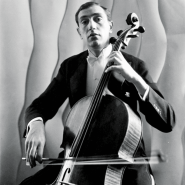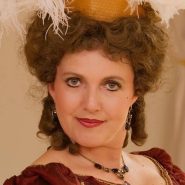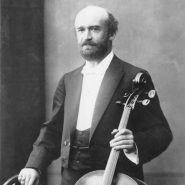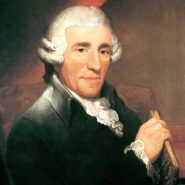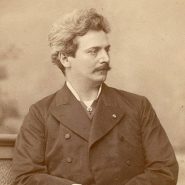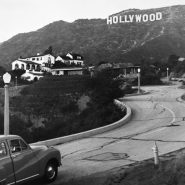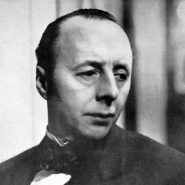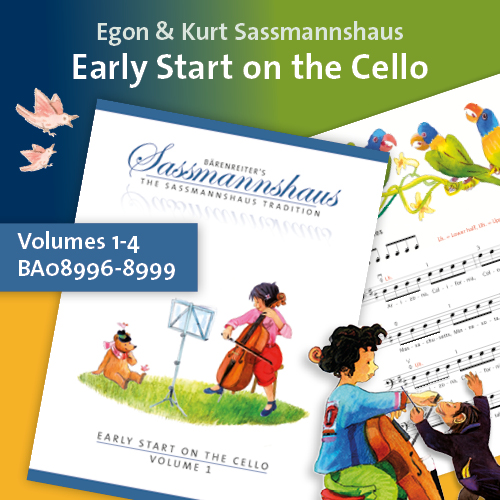Category: Historical
By Tracie Price September 16, 2023
By Natali Herrera-Pacheco, Horacio Contreras, and Germán Marcano June 18, 2022
By Natali Herrera-Pacheco, Horacio Contreras, and Germán Marcano June 12, 2022
By Natali Herrera-Pacheco, Horacio Contreras, and Germán Marcano June 4, 2022
By Janet Horvath March 18, 2022
Subjects Historical
Tags Alexander Wierzbilowicz, Alfred von Glehn, Antonio Janigro, Armenian School, Bernard Greenhouse, Carl Fuchs, David Soyer, Davidov Cello Concerto, Diran Alexanian, Enesco, Feuermann, Fournier, Franco-Belgian School, Friedrich Grützmacher, German School, Gregor Piatigorsky, Hanus Wihan, Hugo Becker, Janet Horvath, Joseph Joachim, Julius Klengel, Karl Davidov, Leo Stern, Mischa Schneider, Pablo Casals, Raya Garbusova, Russian School, Schools of Cello Playing
By Robert Battey March 16, 2022
By Janet Horvath March 6, 2022
Subjects Historical
Tags Adrien François Servais, Andre Navarra, Auguste Franchomme, Bernard Greenhouse, Chopin, Eleanor Aller, Elsa Hilger, Felix Salmond, Frank Miller, French, French Cello School, Jean Louis Duport, Joseph Platel, Jules Delsart, Leonard Rose, Maurice Gendron, Paul Bazelaire, Paul Tortelier, Pierre Fournier
By Tim Janof March 2, 2022
Subjects Historical, Repertoire
By Janet Horvath February 11, 2022
By Robert Battey January 20, 2021
Subjects Historical
By Brinton Smith March 24, 2020
Subjects Historical, Repertoire
Tags korngold, Piatagorsky, Rosza
By Brinton Smith March 15, 2020
